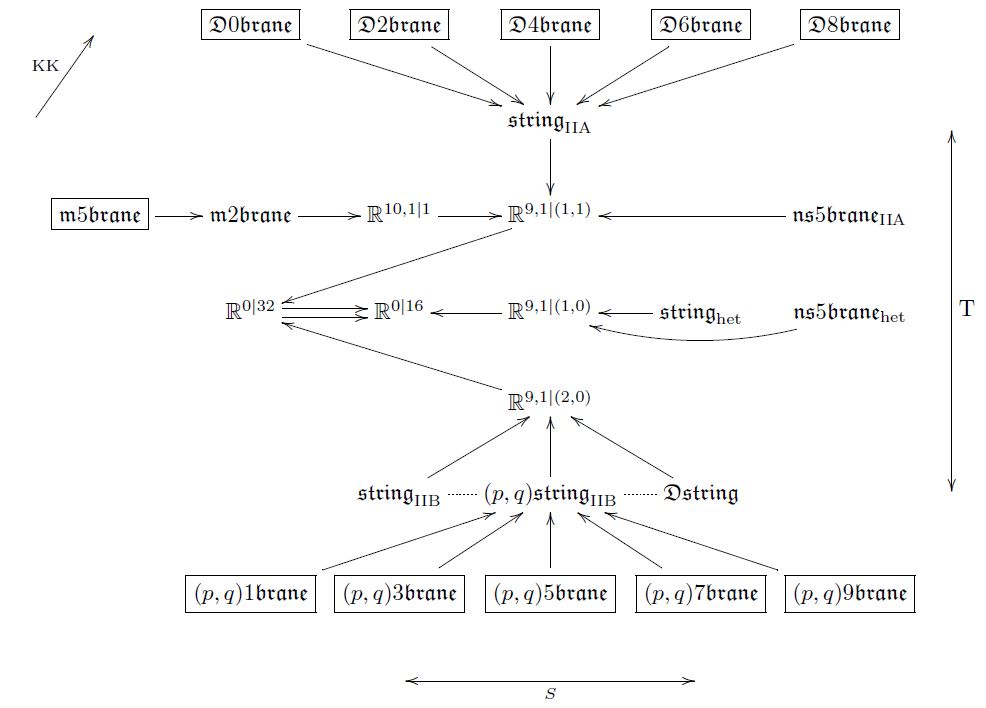Why does the heterotic string (or heterotic supergravity) have no brane solutions?
According to David Tong's notes:
the heterotic string doesn’t have (finite energy) D-branes. This is due to an inconsistency in any attempt to reflect left-moving modes into right- moving modes.
I know that the heterotic string does not have the same structure in the left- moving and right- moving sectors (whether one uses the Green Schwarz or the RNS formulation). But why does that imply no branes?
BPS-brane solutions are obtained by starting from the supersymmetry transformations of the fields and solving them in a zero-fermion background. This leads to stable solutions if they exist. Why would such an approach not work with the heterotic supergravity action?
EDIT: It seems that there is a simple qualitative explanation (source). Specifically, a heterotic string must necessarily be closed, and unlike other string theories which have closed strings and open strings (which end on D-branes) there are no heterotic open strings of type $E_8 \times E_8$ (cf. this paper, which I haven't yet read) and so no D-branes.

